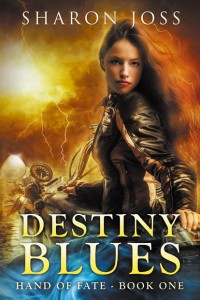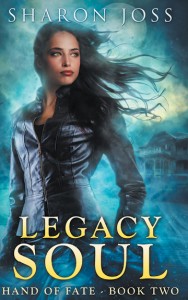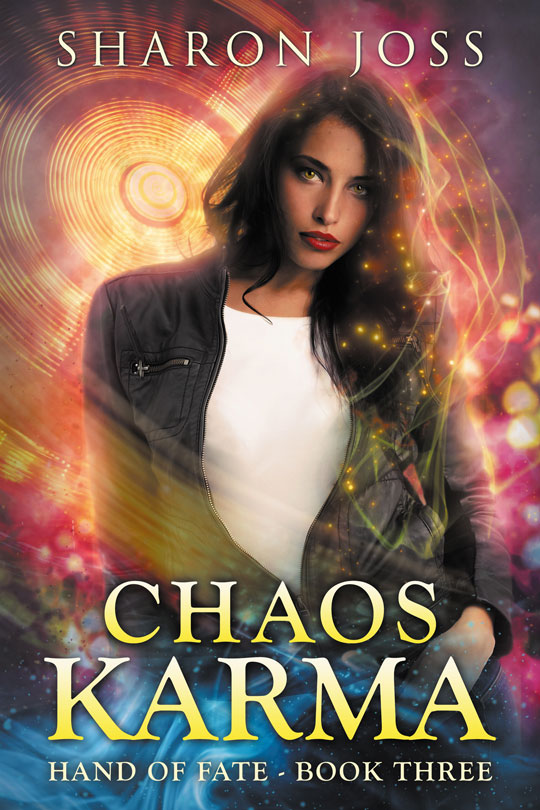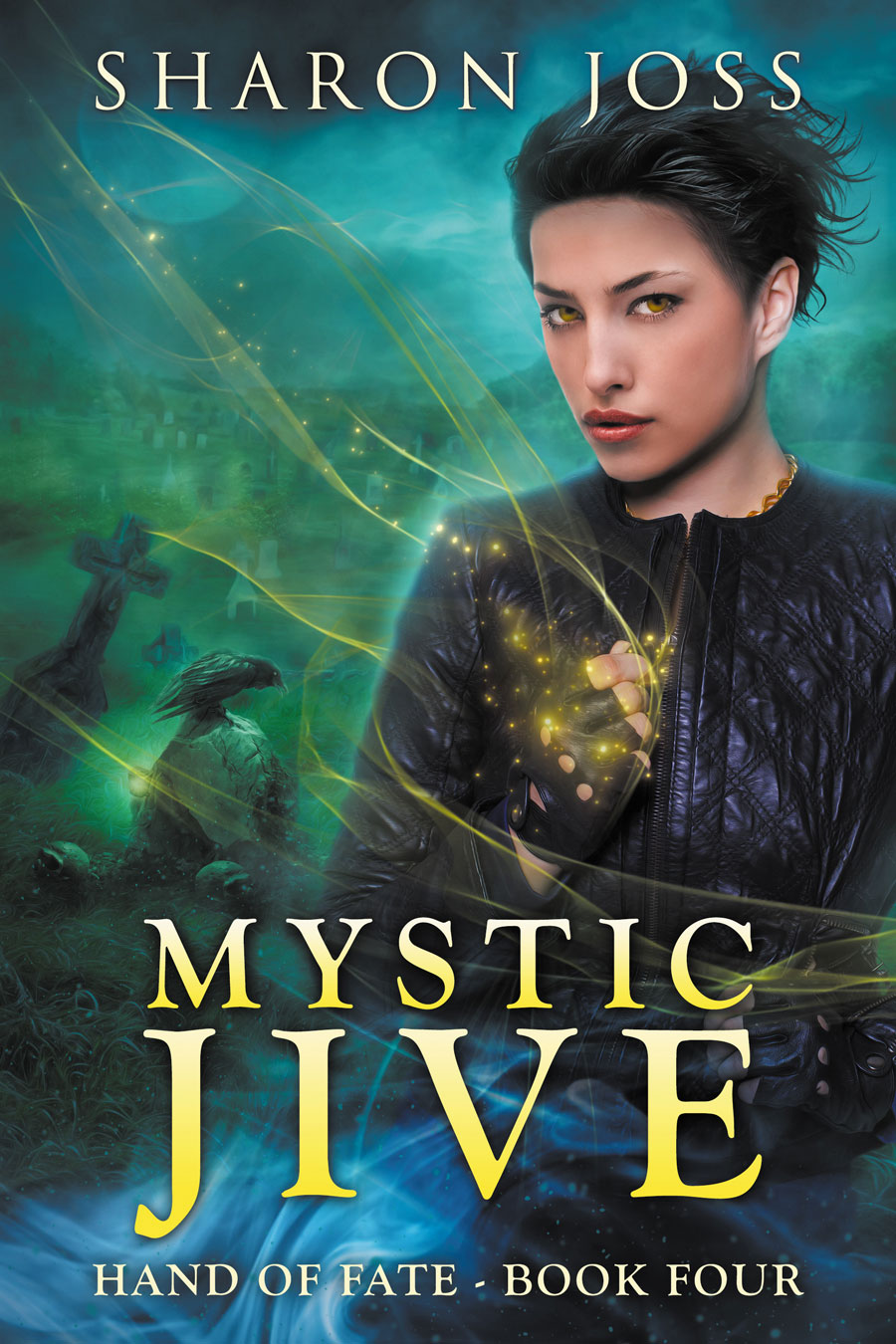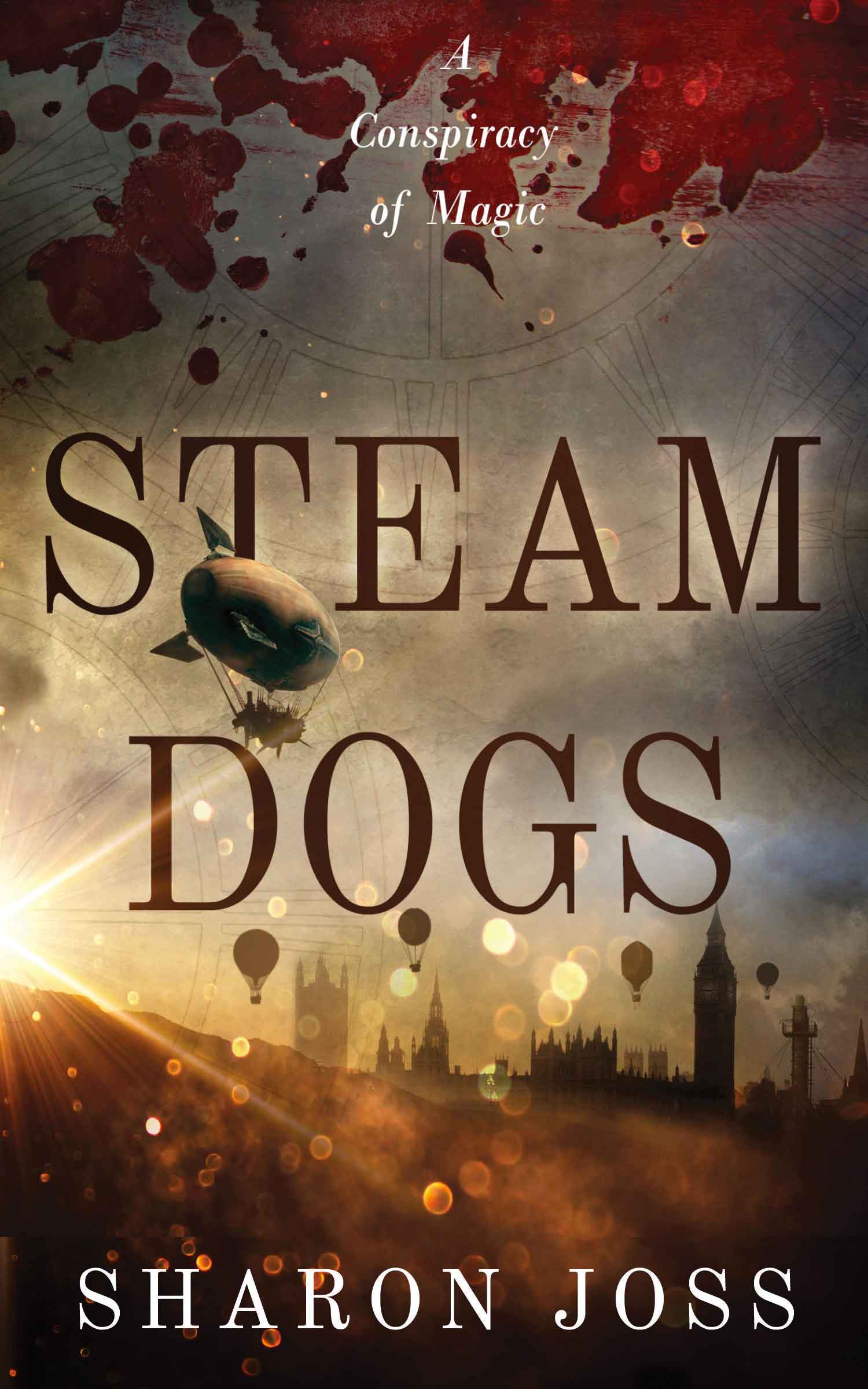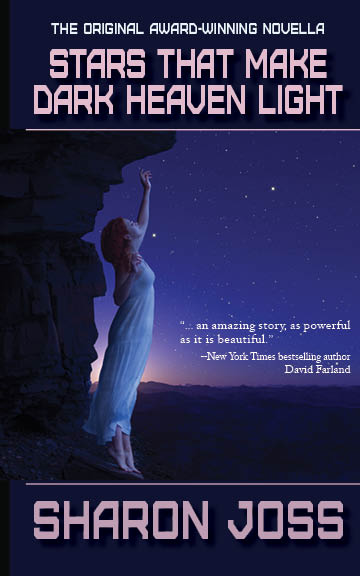Orson Welles said, “I want to give the audience a hint of a scene. No more than that. Give them too much and they won’t contribute anything themselves. Give them just a suggestion, and you get them working with you.”
I like that. In particular, GLAMOUR has more skirmishes than my earlier works, and I have tried to pare back the descriptive language to prevent it from slowing down the action. On the other hand, my current pre-draft contains almost no descriptive elements, so I want to add only the elements which are most specific and telling to the narrative.
Deciding which parts of the scene are trash and which are treasures can be dicey. At this early stage of revisions, I’m trying to flesh out the story for my early readers, but at the same time, don’t want to obsess over every line and bog down any pacing I might have unknowingly developed. I don’t have a theme yet (that I know of), but I am aware that there are elements of something that might become one later. Maybe.
Recently, I started reading an interesting book by Raymond Obstfeld, called Crafting Scenes, which offered a new-to-me non-linear approach to looking at a scene. He calls it the ‘Hot Spot’, or the moment in each scene that contains the key element of the scene; the most important nugget. He suggests that the author identify this sentence/paragraph and draw a box around it. Then, by reading the sentence which precedes the text inside the box, decide whether that sentence contributes to the hot spot. If it doesn’t or you aren’t sure, underline the sentence. Work your way back to the beginning of the scene in this fashion, then go back to the box, and look at the first sentence that comes after the box, and repeat the process until you reach the end of the scene. I’m going to give it a try. I love treasure!

